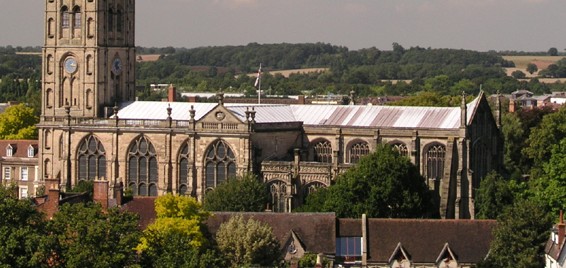Church buildings as shared spaces
Effie Law | September 6, 2012
Recently I was in Warwick town and popped into St Mary’s church to have a look at the tombs of the Earls of Warwick. Whilst I wandered around I was struck by the variety of people there on a busy summer afternoon and what they were trying to do there. I thought I would characterize them briefly and share some of the questions that sprang to my mind.
The worshipper: An individual who may or may not regularly attend this (or any other) church seeking to sit in quiet and pray.
Most interested in: Being left alone to commune with God
The church staff/volunteer: Welcoming individuals seemingly keen to press leaflets into your hand on the history and background to the building and the church.
Most interested in: welcoming visitors and sharing their church with them
The interested passing visitor: People who have stumbled upon or made a small detour to visit the church. This group is perhaps most similar to the majority of (non-school) museum visitors.
Most interested in: seeing the tombs, architecture and history of the building.
The disinterested visitor: Perhaps best characterized by what I observed of a middle-aged couple leaning on an old tomb discussing loudly whether to go with Chardonnay or Sauvignon-Blanc that evening.
Most interested in … I’m not sure really, perhaps a quick look around and somewhere to shelter from the sun
The young child: Brought to the church by accompanying adults they tend to walk or run around, want to climb on interesting architectural features and generally play however they see fit.
Most interested in… The ice-cream truck outside!
These of course are only caricatures and are by no means exhaustive but perhaps provide a snapshot of the audience on that particular Saturday.
In my mind it begins to throw up some interesting questions such as:
– Is a church building primarily a place of worship and as such should historical and non-God-seeking visitors form only a distant second priority?
– What right of access, if any, should academics and non-religious visitors have to these sites of historical importance?
– Where should the balance lie between modernising these buildings to make them more suitable to modern worshipping congregations and preserving these artefacts of historical significance for the present and future general public?
– These buildings are very expensive to open and maintain – what balance of financial responsibility should there be between Church, state and individual visitors?
– Who should have the authority to answer these questions?
